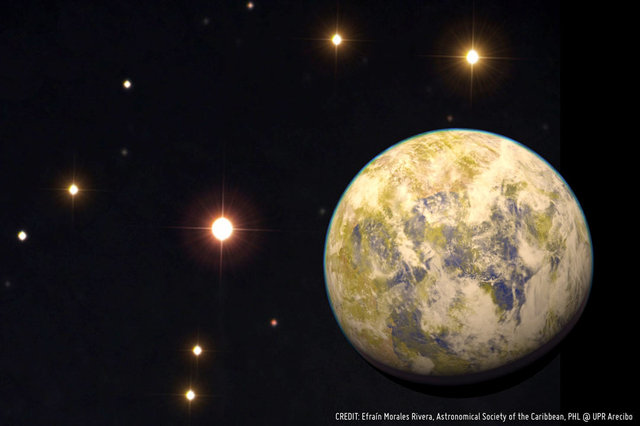Can Gliese 832c support life, or is it just a super-Venus?

Sci-News.com
is reporting that astronomers at the University of New South Wales have
discovered an Earth-like planet just 16 light-years away. The planet,
dubbed Gliese 832c, is orbiting a red dwarf star half the mass and
radius of our own sun. Gliese 832c has an orbital period of about 35
days, and a mass more than five times that of Earth's. More importantly,
however, Gliese 832c is orbiting within the habitable zone of the red
dwarf, and receives the same average stellar energy as Earth does from
the Sun, Sci-News.com reports.
Gliese 832c's mass means it
likely has a far denser atmosphere than Earth does, which could make the
planet's weather hot and volatile. If this is the case, the planet
might be more like a super-Venus than a super-Earth. "If the planet has a
similar atmosphere to Earth it may be possible for life to survive,
although seasonal shifts would be extreme," the University of South
Wales' Professor Chris Tinney said. Even so, Gliese 832c is one of the
most Earth-like planets we've ever encountered.
"[Gliese 832c is] one of the
top three most Earth-like planets according to the [Earth Similarity
Index] (i.e., with respect to Earth's stellar flux and mass) and the
closest one to Earth of all three — a prime object for follow-up
observations," writes Abel Mendez Torres on the Planetary Habitability Lab's blog. "It's just a stone's throw from Earth in the cosmic scheme of things," adds Space.com's Mike Wall.

No comments:
Post a Comment